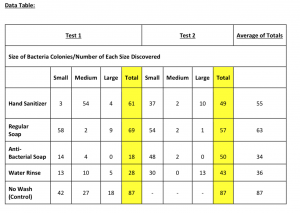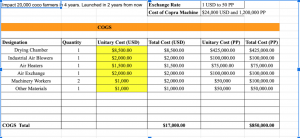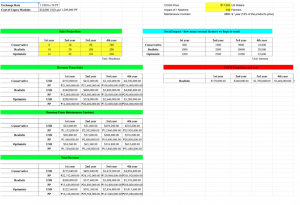Ethical Issue:
Don’t know if the citizens Lesotho are being fairly compensated/benefiting from the research
1: The facts
Researchers are going into Lesotho for two weeks (a team of 10) to research the life cycle and characteristics of a pathogen found in this region’s water. In order to do this, they need the community’s assistance to show them water sources as well as methods of storing water. The end goal is publication, profiling of the pathogen, and development of additives to counteract the pathogen.
2: The Stakeholders
- Academic University
- You (research team)
- People of Lesotho
- Academic partnerships/ Funders
3: Motivations of the Stakeholders
- Academic University: They want recognition for their research (promote their personal brand). They might also want to attract prospective students.
- You (research team): To gain recognition from your field of work and a publication. Begin a development of chemical additives to make the water safe to drink. It could also be more professional because you might be bound to do the research because of the company you work with.
- People of Lesotho: They would want to help the researchers with the expectation that the researchers would help educate them about safe drinking water. Maybe they would want to build partnerships with people from a different country/organization.However, there might be a problem with this because they might give you information to satisfy you.
- Academic partnerships/Funders: To be apart of a publication and as a result of that gain more money which they can use to fund more projects, our findings will add to a wider body of knowledge on the pathogen and their reputation
4: Potential Approaches (numbered for corresponding solutions)
- Duty-Based Thinking
- It only seems right to compensate the participants because we are using their knowledge for research purposes
- Virtue Based
- Because the citizens of Lesotho are being generous enough to help researchers
- Potential Solution 1: Provide sufficient financial compensation to community members who provide critical assistance and knowledge to the project
- Pros
- Receiving financial assistance if they missed normal work to help the project
- Incentive enthusiastic participation (easier to convince someone to participate)
- If we pay people, they are more likely to share more water sources
- Cons
- Takes away from the funding of the project that could be used for something else
- Providing too much or too little financial compensation might seem rude or undermining
- May have too many volunteers which could create saturation of information
- Pros
- Potential Solution 2: Provide educational compensation (education around the current status of their drinking water and its impact on their health, along with sharing our future findings) to community members who provide critical assistance and knowledge to the project
- Pros
- Will help educate the community members about the safety of drinking water in their community
- Those members can educate others about the safety of drinking water to spread awareness
- Creates more empowerment and inclusion in the project
- Cons
- Community may already know the water is unsafe and will feel that the researchers believe they are uneducated
- Information on safe drinking water may not be perceived as correct based on cultural beliefs and level of science knowledge
- May create panic as community members feel that they have no sources of safe drinking water and cause unrest
- Pros
- Potential Solution 3: We don’t compensate them but distribute the additive that is developed to the community
- Pros
- There is no unfairness in financial compensation to the participants
- We are still giving back to the community but not to the participants directly
- Save money
- Cons
- The willing participants do not directly benefit from our use of their time or labor
- If we do not succeed, then there is no benefit to anybody
- People are unwilling to participate because they are not being compensated
- Pros
Possible solutions:
- Publishing the research results in an open source journal
- Talking to the leaders of communities and establishing some sort of small incentives for the community members
- Seek Additional assistance
- IRB approving
- This may be helpful in selecting which participants you will use in the study
- Peers
- Maybe there have been other researchers who have done a study at Lesotho that may provide insight into the culture
- Inner Reflection
- As a researcher, do you ethically feel okay with what you are doing ‘
- Select the best course of action
- Solution 2 is the best course of action because it gives the citizens of Lesotho with something more substantial. If we were to give them money they would eventually use it all so it is only short term. If we were able to educate them they would be able to keep the information for longer and even pass it on which is more long term than money. Also if we didn’t compensate them we would be able to use the funding elsewhere.
- Implications
- Economic –> because we are paying participants they will have money that they may be able to spend in their community that they may not have. This then means there is more money circulating than there was previously.
- this research if produces results would bring more attention the area of Lesotho. This could potentially increase tourist attractions.
- Social –> allows for the citizens to engage with other members outside of their community






